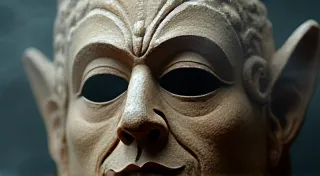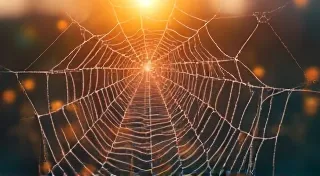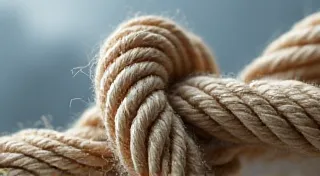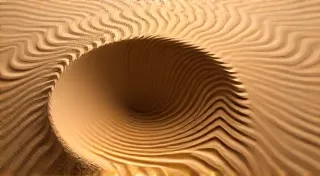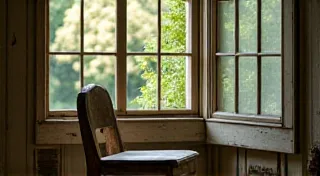Chromatic Cartography: Mapping Emotion Through Color in Regional Textiles
The language of color transcends spoken words. It resonates within us, evoking memories, triggering emotions, and painting vivid pictures in our minds. While often perceived as simply decorative, color within regional weaving patterns holds a deeper significance – a chromatic cartography charting the emotional landscape and cultural identity of a place. These aren't random hues; they're coded expressions, whispers of history, and vibrant declarations of belonging.
My grandmother, Nana Elara, was a weaver. Not a professional, mind you, but her hands knew the rhythm of the loom like a musician's fingers knew the strings of a beloved instrument. Growing up in the Appalachian foothills of North Carolina, I spent countless hours watching her work, mesmerized by the dance of the warp and weft. The textiles she created weren't just blankets or rugs; they were stories woven in wool and cotton, vibrant echoes of a heritage steeped in hardship, resilience, and a deep connection to the land. The indigo blues, derived from locally grown plants, spoke of perseverance through lean times. The earthy browns mirrored the soil that sustained them. The occasional splash of cherry red, painstakingly extracted from berries, signaled moments of celebration and joy.
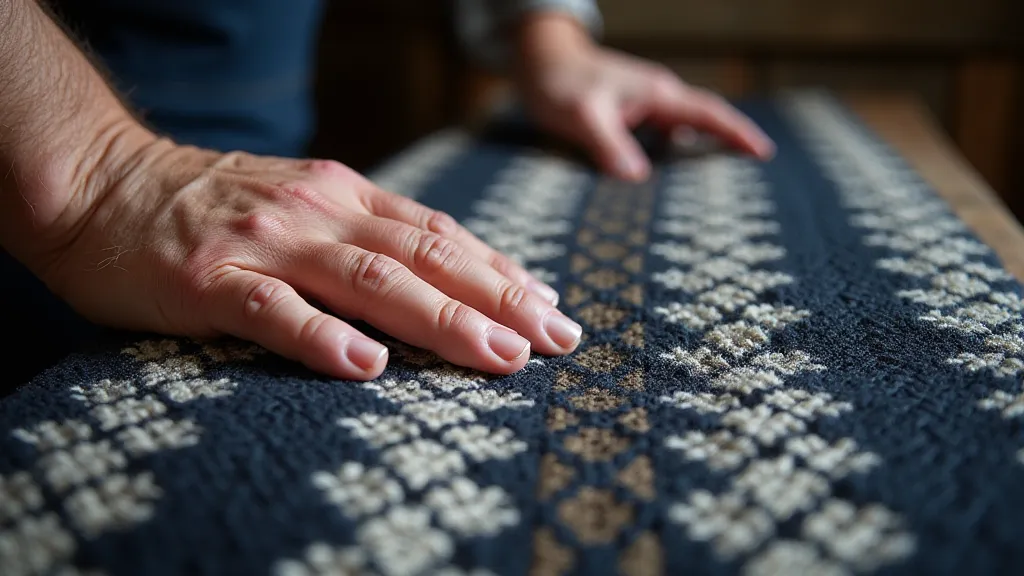
The Palette of the Andes: Echoes of Mountains and Sky
Journeying far from the Appalachian hills, the weaving traditions of the Andes offer a strikingly different, yet equally evocative, spectrum of color. For centuries, indigenous communities in Peru, Bolivia, and Ecuador have employed natural dyes to create textiles that are both functional and deeply symbolic. The vibrant yellows and oranges, derived from achiote seeds and marigold flowers, represent the intensity of the Andean sun and the bounty of the harvest. The deep reds, sourced from cochineal insects, historically held sacred significance, often reserved for royalty and ceremonial garments. These hues speak of a spiritual connection to the land and a reverence for the cycles of nature. The geometric patterns aren't merely decorative; they often incorporate motifs representing animals, deities, and ancestral lineages.
What struck me most during a recent trip to a small village in the Sacred Valley of Peru was the deliberate layering of these colors. It wasn’t just about the individual hue; it was about the interaction between them. A seemingly simple band of crimson, juxtaposed with a field of earthy green, told a more complex story than either color could convey alone. I learned from a Quechua weaver, Mama Elena, that each color held a “kuychi” – a spirit – and that the weaving process itself was a form of prayer, a way to communicate with the divine.
The Silk Road’s Chromatic Inheritance: A Tapestry of Cultures
The influence of the Silk Road is profoundly visible in the weaving traditions of Central Asia. The carpets and textiles of Uzbekistan, Turkmenistan, and Kazakhstan display a dazzling array of colors, reflecting centuries of cultural exchange. Turkic communities have long incorporated influences from Persian, Chinese, and Indian artistic traditions, resulting in a unique blend of motifs and color palettes. The rich blues and greens, often achieved with indigo and woad, evoke the vastness of the desert skies and the life-giving waters of the Amu Darya and Syr Darya rivers. The use of gold and silver thread, painstakingly woven into the fabric, symbolizes wealth, status, and the interconnectedness of the region’s diverse cultures.
Consider the ikat weaving technique prevalent in many Central Asian communities. This resist-dyeing method produces blurred, almost ethereal patterns, resulting from careful binding and dyeing of the warp threads before weaving. The resulting colors often appear to bleed into one another, creating a sense of fluidity and movement. This isn't a flaw in the technique; it's a deliberate aesthetic choice that reflects the ever-shifting sands of the desert and the interconnectedness of the region's history.
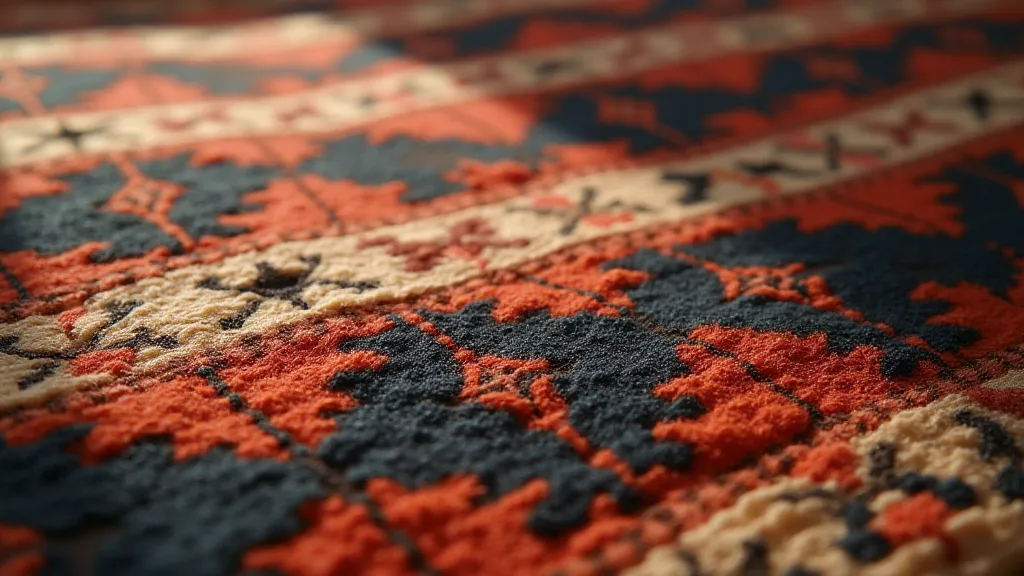
Beyond Color: Texture, Motif, and the Language of Craftsmanship
While color is undoubtedly a crucial element, understanding regional weaving patterns requires appreciating the interplay of texture, motif, and the overarching narrative woven into the fabric. The choice of fiber – wool, cotton, silk, hemp – significantly impacts the texture and drape of the finished product. The thickness of the yarn, the density of the weave, and the incorporation of techniques like braiding, knotting, and embroidery all contribute to the overall aesthetic. Furthermore, motifs are rarely arbitrary. They often represent animals, plants, geometric shapes, or abstract symbols that carry deep cultural significance.
For example, the diamond patterns common in Appalachian weaving often symbolize resilience and strength, reflecting the harsh realities of mountain life. The stylized bird motifs found in Andean textiles represent freedom and connection to the spirit world. The intricate floral patterns prevalent in Persian carpets represent paradise and abundance.
Collecting and Preserving the Legacy
Collecting regional weaving patterns is more than simply acquiring beautiful objects; it's about preserving a vital piece of cultural heritage. Many of these techniques are passed down through generations, often within families or small communities. As globalization and mass production threaten these traditions, the importance of supporting artisans and safeguarding these practices becomes increasingly paramount.
If you’re drawn to collecting, consider supporting direct-trade initiatives that connect artisans directly with consumers. Research the provenance of a piece to understand its history and cultural significance. Proper storage and care are essential for preserving these delicate textiles. Gentle cleaning with mild soap and a soft brush, and careful avoidance of direct sunlight, can help to ensure that these treasures endure for generations to come.
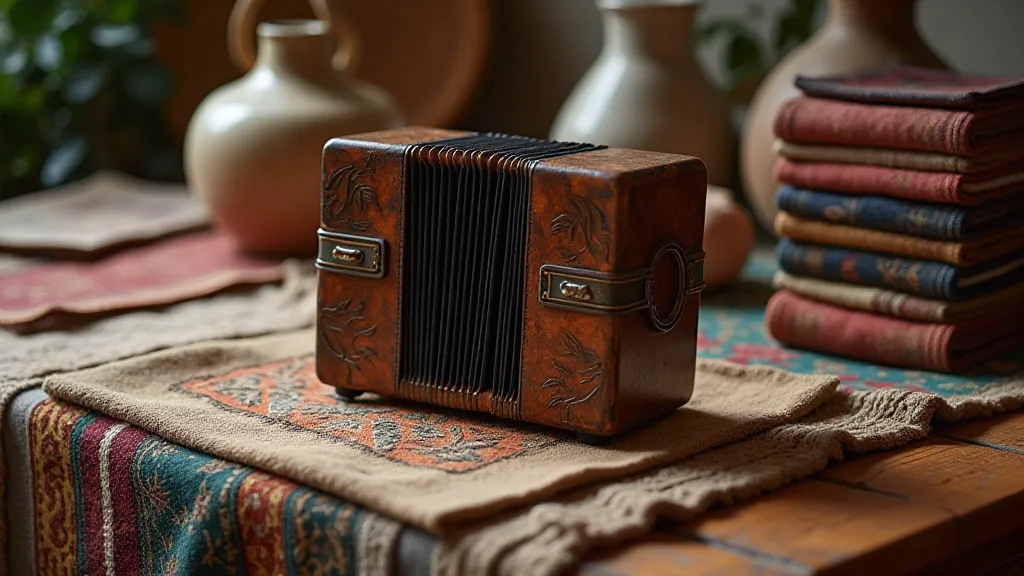
My grandmother’s loom sits silent now, but the stories she wove into those blankets continue to resonate within me. Each color, each pattern, a testament to the enduring power of tradition, the beauty of craftsmanship, and the profound connection between a people and their place. These aren't just textiles; they are living chronicles, vibrant maps charting the emotional landscape of a world rich in history and cultural diversity. Understanding them is to understand ourselves, our shared humanity, and the enduring legacy of human creativity.
